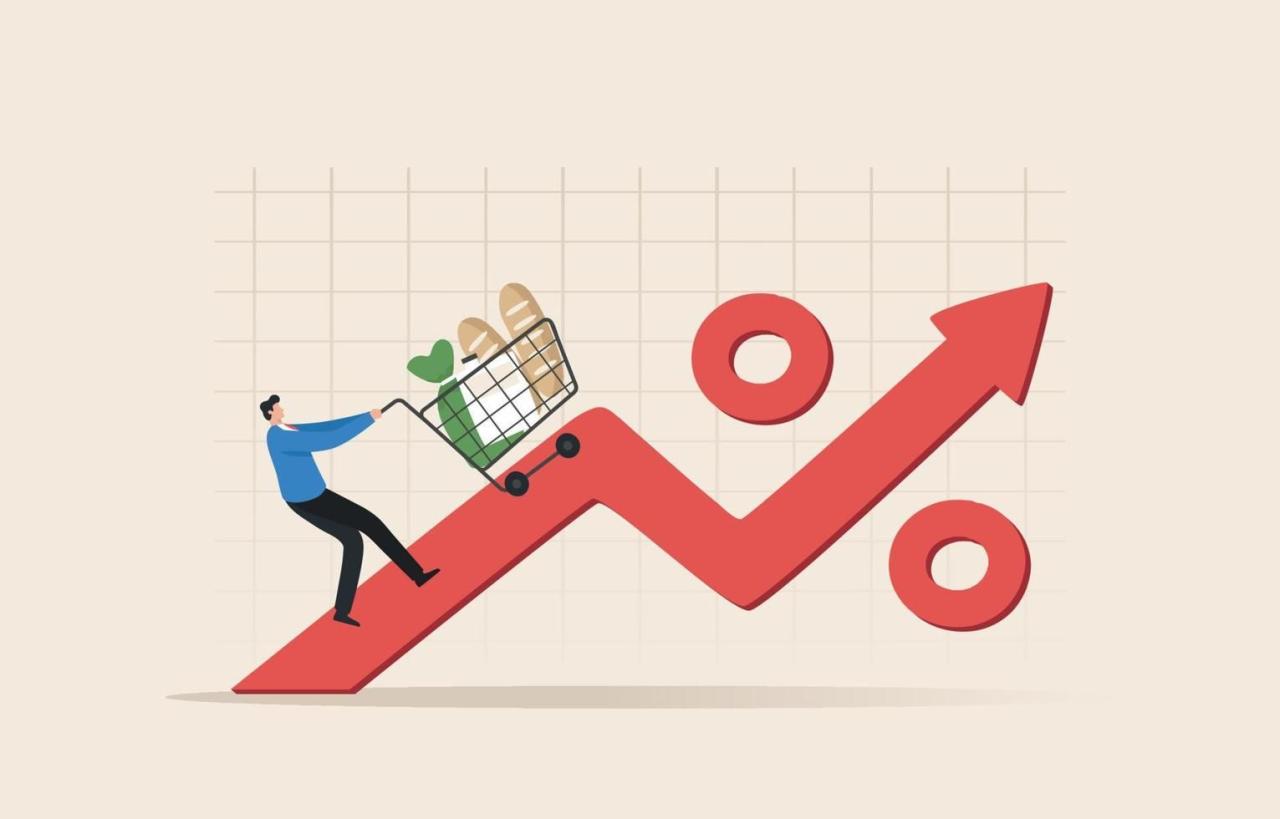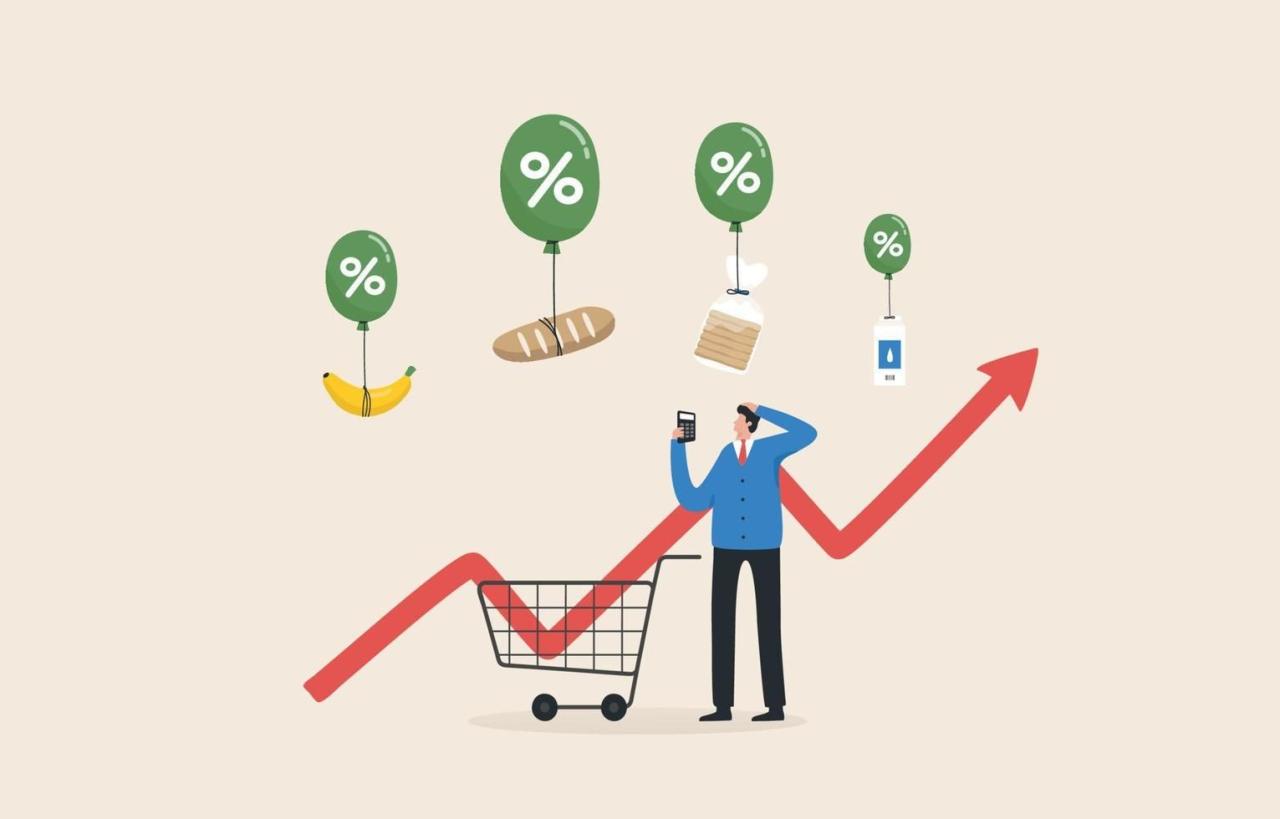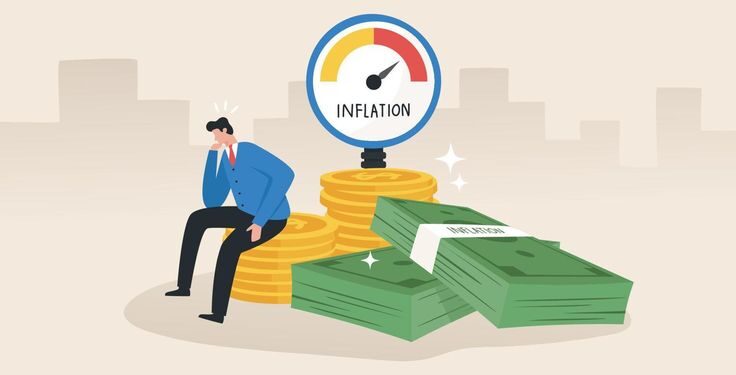Inflation, defined as the general rise in prices over time, significantly reshapes how households allocate their budgets. When prices climb faster than wages, consumers face reduced purchasing power and must adjust their spending habits accordingly. Understanding these shifts is vital for businesses aiming to maintain revenue growth and for policymakers striving to balance economic stability. In this article, we explore the mechanisms through which inflation influences consumer behavior, examine the latest data on spending trends, analyze sector‑specific impacts, and offer strategic guidance for businesses navigating an inflationary environment.
Inflation and Its Effects on Spending
What Is Inflation?
Inflation measures the percentage change in a broad price index—such as the Consumer Price Index (CPI)—over a 12‑month period. In March 2025, the CPI rose 2.4% year‑over‑year, following a 2.8% increase in February. Core inflation (excluding volatile food and energy prices) increased 2.8% over the same period, marking the smallest 12‑month rise since March 2021.
How Inflation Erodes Purchasing Power
As inflation rises, each unit of currency buys fewer goods and services. When wages fail to keep pace with price increases, households experience a real‑income squeeze. This dynamic prompts consumers to reevaluate spending priorities, often cutting back on non‑essential items and seeking value alternatives.
Recent Trends in Consumer Spending Under Inflation
U.S. Consumer Spending Data (Q1 2025)
After a 0.3% decline in January, U.S. consumer spending rebounded by 0.4% in February 2025, narrowly missing economists’ 0.5% forecast. This uptick, however, was tempered by ongoing price pressures, leaving real (inflation‑adjusted) spending virtually flat.
Personal Consumption Expenditures (PCE) Insights
The Bureau of Economic Analysis reported an $87.8 billion increase in current‑dollar PCE in February, with goods spending up $56.3 billion and services spending up $31.5 billion . Excluding food and energy, the PCE price index rose 0.4% month‑over‑month, signaling persistent underlying inflationary pressures .
Trade‑Down Behavior Across Income Groups
McKinsey’s ConsumerWise research found that three‑quarters of U.S. consumers traded down to lower‑priced brands in Q1 2025—a 1 percentage‑point increase from late 2024 . Low‑income households were most affected, with 51% trading down on meat and dairy products (versus 40% previously), while even high‑income consumers shifted toward private labels in packaged foods.
Consumer Confidence and Inflation Expectations
Consumer sentiment remains fragile. According to the University of Michigan survey, one‑year ahead inflation expectations rose from 3.3% in January to 4.3% in February 2025 Similarly, the Conference Board reported forward inflation expectations jumping from 5.2% to 6% over the same period Rising expectations often become self‑fulfilling, as households accelerate purchases in anticipation of higher prices.
Synchrony Financial on Spending Curtailment
Consumer finance firm Synchrony Financial noted that Americans have been curbing spending due to high prices and economic uncertainty. Purchase volumes across retail categories declined, and debt accumulation rose, with delinquencies expected to increase as student loan forbearance ends.
Sectoral Impacts of Inflation
A. Grocery and Food
A. Essential Goods Pressure: Food‑at‑home prices rose 2.4% over the past year, while meats, poultry, fish, and eggs surged 7.9%, with eggs up 60.4%
B. Dining Out Costs: The food‑away‑from‑home index increased 3.8%, driven by a 4.1% rise in full‑service meals and 3.4% in limited‑service meals
C. Value Substitution: Consumers increasingly opt for private labels and discount retailers to manage grocery bills, intensifying competition among supermarkets.
B. Durable Goods
A. Big‑Ticket Deferrals: Higher interest rates—held at 4.25%–4.5% by the Fed—have led consumers to postpone purchases of cars and appliances
B. Credit Constraints: Rising borrowing costs reduce affordability for financed purchases, dampening demand for durable goods.
C. Promotional Incentives: Manufacturers and retailers offer rebates and 0% APR financing to stimulate sales.
C. Services and Experiences
A. Travel and Leisure: Airline fares fell 5.3% in March, yet overall travel costs remain elevated due to lodging and ancillary fees
B. Health and Education: Medical care prices rose 2.6%, and education costs increased 3.9% year‑over‑year bls.
C. Home Services: Higher utility and insurance costs have consumers prioritizing essential home maintenance over discretionary improvements.
D. Luxury and Discretionary Spending
A. Market Slowdown: High‑end brands report declining sales as upper‑middle‑class consumers cut back on discretionary purchases
B. Secondhand Market Growth: Resale platforms like ThredUp see increased traffic from cost‑conscious shoppers seeking premium goods at lower prices
C. Experience Over Goods: Some affluent consumers shift spending toward travel and dining experiences perceived as higher value than material items.
Demographic Differences in Spending Responses

A. Generational Variations
A. Baby Boomers: Least likely to splurge, with only 20% intending to increase discretionary spending in Q1 2025
B. Millennials and Gen Z: More inclined to trade down but also to seek experiences and digital services, balancing cost with lifestyle priorities
C. High‑Income Households: While trading down less than lower‑income groups, they still exhibit increased sensitivity to price changes in non‑essentials.
B. Income‑Based Behavior
A. Low‑Income Consumers: Exhibit the highest trade‑down rates, especially for staples like meat, dairy, and packaged foods
B. Middle‑Income Families: Often cut back on dining out, entertainment, and travel first, then on goods.
C. High‑Income Earners: Tend to absorb some price increases but may delay big‑ticket purchases when credit costs rise.
Business Implications and Strategic Responses
A. Pricing and Promotion Strategies
A. Dynamic Pricing: Implement AI‑driven algorithms to adjust prices in real time based on demand, inventory, and competitor rates.
B. Tiered Offerings: Introduce value tiers—basic, standard, premium—to capture price‑sensitive segments without eroding brand equity.
C. Promotional Bundles: Offer bundled products or services at a perceived discount to drive volume and maintain margins.
B. Product and Portfolio Management
A. Private‑Label Expansion: Retailers can develop in‑house brands to offer lower‑cost alternatives and improve margins.
B. Value‑Engineered SKUs: Work with suppliers to reformulate products—smaller pack sizes or ingredient substitutions—to manage cost without compromising quality.
C. Subscription Models: Lock in recurring revenue through subscription services, offering predictable value for consumers and stable cash flow for businesses.
C. Customer Engagement and Loyalty
A. Personalized Communication: Use customer data to send targeted offers based on individual spending patterns and price sensitivity.
B. Loyalty Programs: Enhance rewards for frequent purchasers, providing discounts or points that offset inflationary pressures.
C. Transparent Messaging: Communicate price changes clearly, emphasizing continued value and quality to preserve trust.
D. Operational and Supply‑Chain Adjustments

A. Cost Optimization: Identify inefficiencies in production and logistics to offset higher input costs.
B. Supplier Collaboration: Negotiate longer‑term contracts or volume discounts with key suppliers to stabilize costs.
C. Inventory Management: Use demand forecasting tools to minimize overstock and reduce holding costs amid volatile consumer demand.
Policy Responses and Future Outlook
A. Monetary Policy Stance
Federal Reserve officials, including New York Fed President John Williams, caution that recent tariffs may push inflation higher, even as core inflation shows signs of easing. The Fed maintained its federal funds rate at 4.25%–4.5% in early 2025 to balance growth and price stability
B. Inflation Forecasts
Deloitte projects real consumer spending growth of 2.9% in 2025, while the Fed’s preferred PCE deflator remains above the 2% target at 2.6% year‑over‑year as of December 2024 . Elevated inflation expectations—currently near 4% for the next year—pose risks of a self‑reinforcing cycle if not managed carefully
C. Business and Consumer Outlook
As inflationary pressures persist, businesses must remain agile—continuously monitoring consumer sentiment, adjusting strategies, and leveraging data analytics to anticipate shifts. Consumers, meanwhile, will balance the desire for quality and convenience against tighter budgets, favoring value‑oriented offerings and flexible spending options.
Conclusion
Inflation’s ripple effects on consumer spending are multifaceted, influencing not only the overall volume of purchases but also the composition of household budgets. Businesses that understand these dynamics—adapting pricing, product portfolios, and engagement strategies—can mitigate risks and capture opportunities even in challenging economic conditions. By combining robust data analysis with customer‑centric approaches, companies can thrive amid inflationary headwinds and foster long‑term loyalty.






